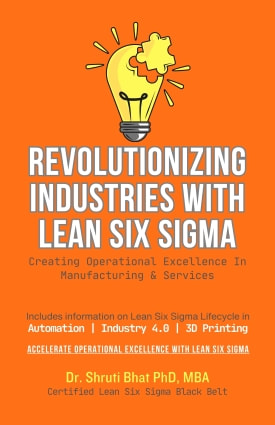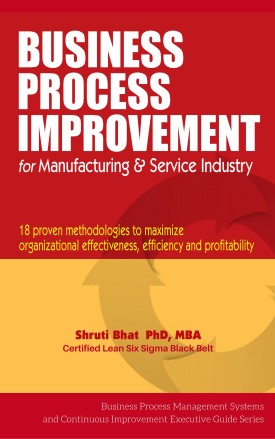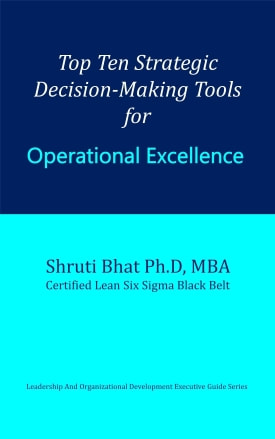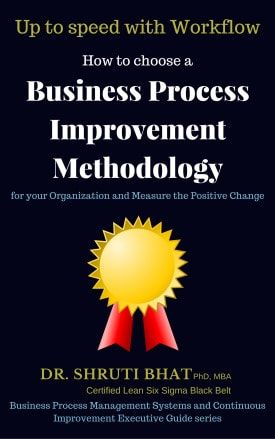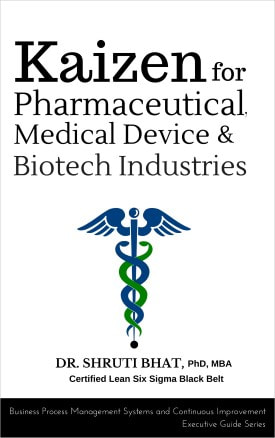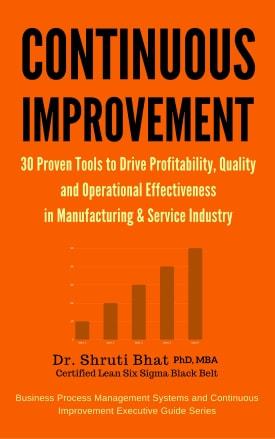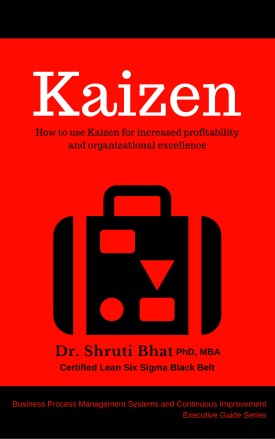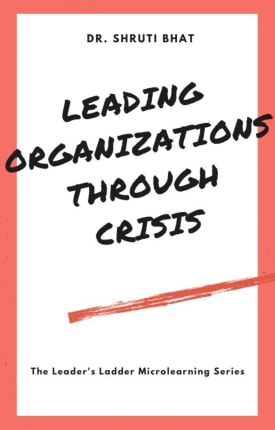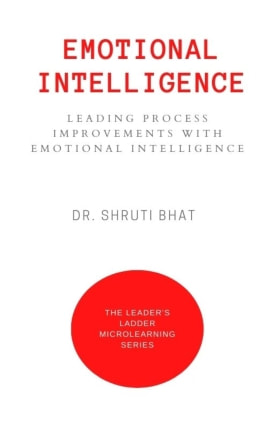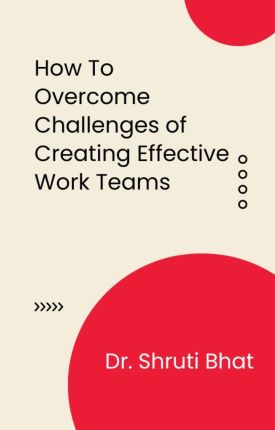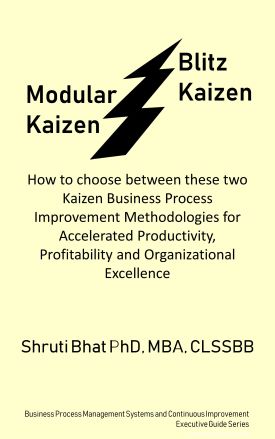Peptide history predates to 1906 when Emil Fischer coined the name “peptide” to describe the products formed on linking aminoacids via amide or peptide bonds. The term polypeptide refers to the peptides, which contain eight or more amino acids whereas oligopeptides are those, which have less than 8 amino acids. Polypeptides that contain from about 50-2500 amino acids are termed proteins. Proteins with 2 or more polypeptide chains are known as oligomeric proteins, their component chains are called subunits or protomers.
Current methods of peptide synthesis:
There are several techniques currently available for the synthesis of peptides and proteins. They include:
i. Classical solution based methods.
ii. Solid phase methods.
iii. Enzyme methods.
iv. Semi-synthetic methods and
v. Recombinant methods.
The routes of synthesis are not general and the choice of method depends upon the target molecule under investigation.
Purification of peptides:
There are many acceptable, well-practiced ways of purifying peptides to produce products suitable for administration by parenteral and/or other non-invasive routes. In other words, the peptides should be pyrogen free, non-antigenic and preferably sterile. Purification procedures are based on the individual characteristics of the target sequence and the type of impurities likely to be associated in the polypeptide molecule. The impurities basically originate from 2 quarters viz.
1. Source derived impurities and
2. Process derived impurities and lead to several pharmacological regularities such as oncogenesis, pyreia, tumors etc. The type of adverse effects produced is of course dependent on the type of impurity. The purification procedures therefore exploit the differences in the peptide size, shape, solubility, hydrophobicity or affinity to solvents.
Characterization of peptides:
Determination of a protein’s amino acid sequence is often performed as a confirmation of the proteins structure, since the arrangement of sequence of amino acids in the protein largely characterizes the unique properties of these molecules particularly with respect to their biologic activity. That the arrangement of amino acids can have a powerful effect upon the behavior of proteins molecules has been spectacularly demonstrated by the results of mutations that can cause as a result of deletion or change of a single amino acid. The best-known example of this property is probably the disease sickle-cell anemia, caused by such a defect in hemoglobin synthesis. Another example of this structural identity of proteins is platelet derived growth factor with sis-oncogene, which provided insight into the molecular basis of tumorigenesis.
Protein micro sequencing can be performed by classical Edman degradation technique. Progressive protein micro sequencing has also been achieved using polyacrylamide gel electrophoresis, mass spectroscopy, electrochemical detection as well as Fast atom bombardment mass spectroscopy (FAB-MS). However, there is no single analytical technique that can be used in isolation to characterize a peptide unambiguously. The greater the number of analytical procedures to which a peptide product can be subjected, the more certain the user can be of its purity and authenticity.
In the next post I shall discuss estimation of peptide and protein molecules.


